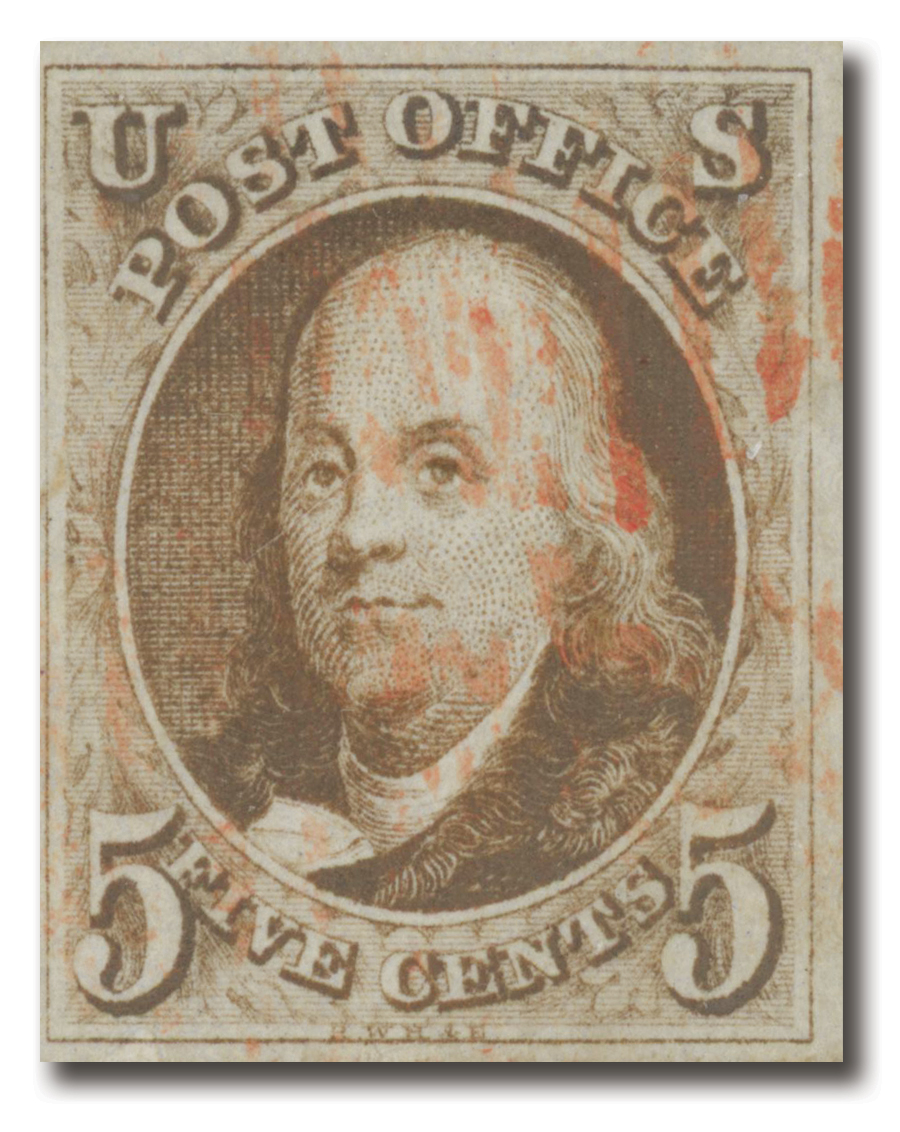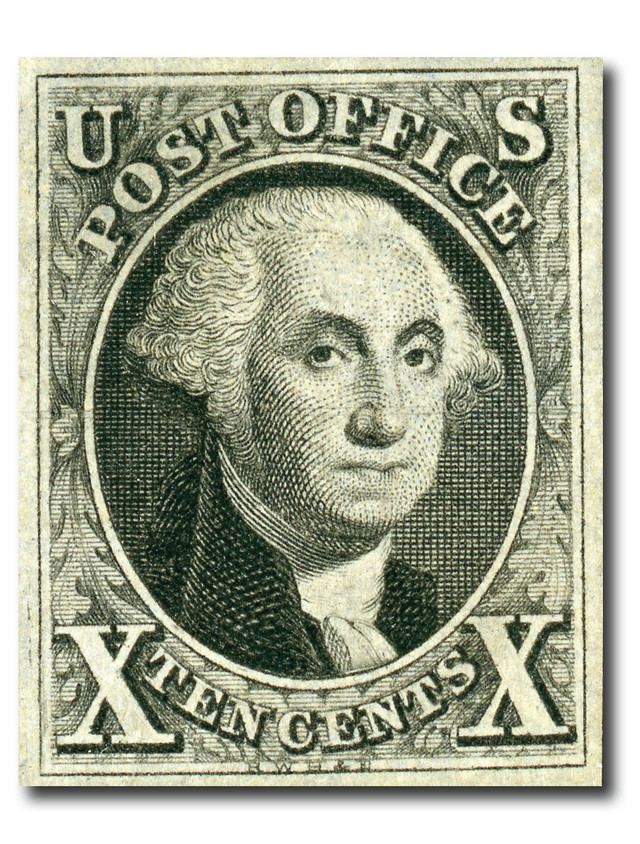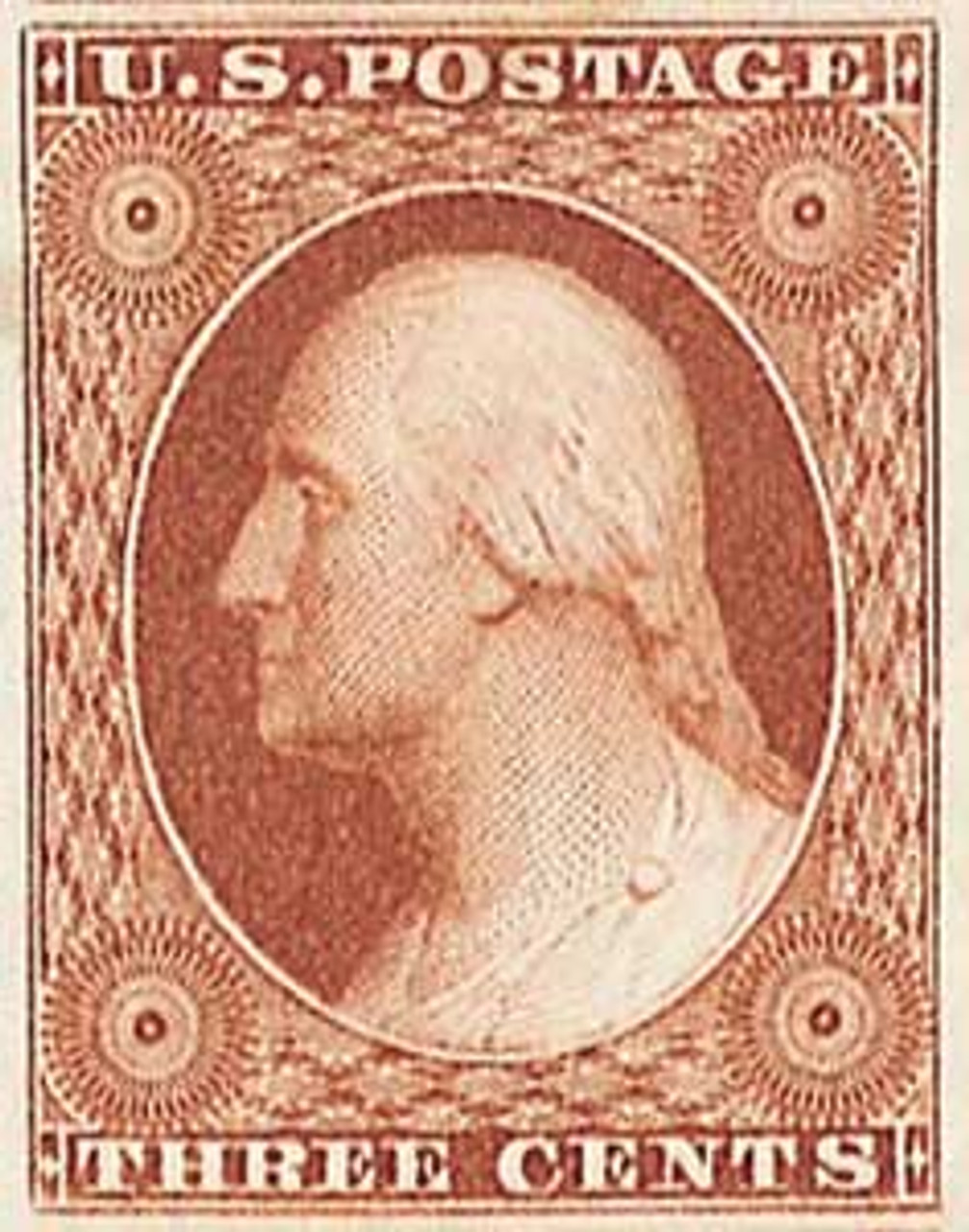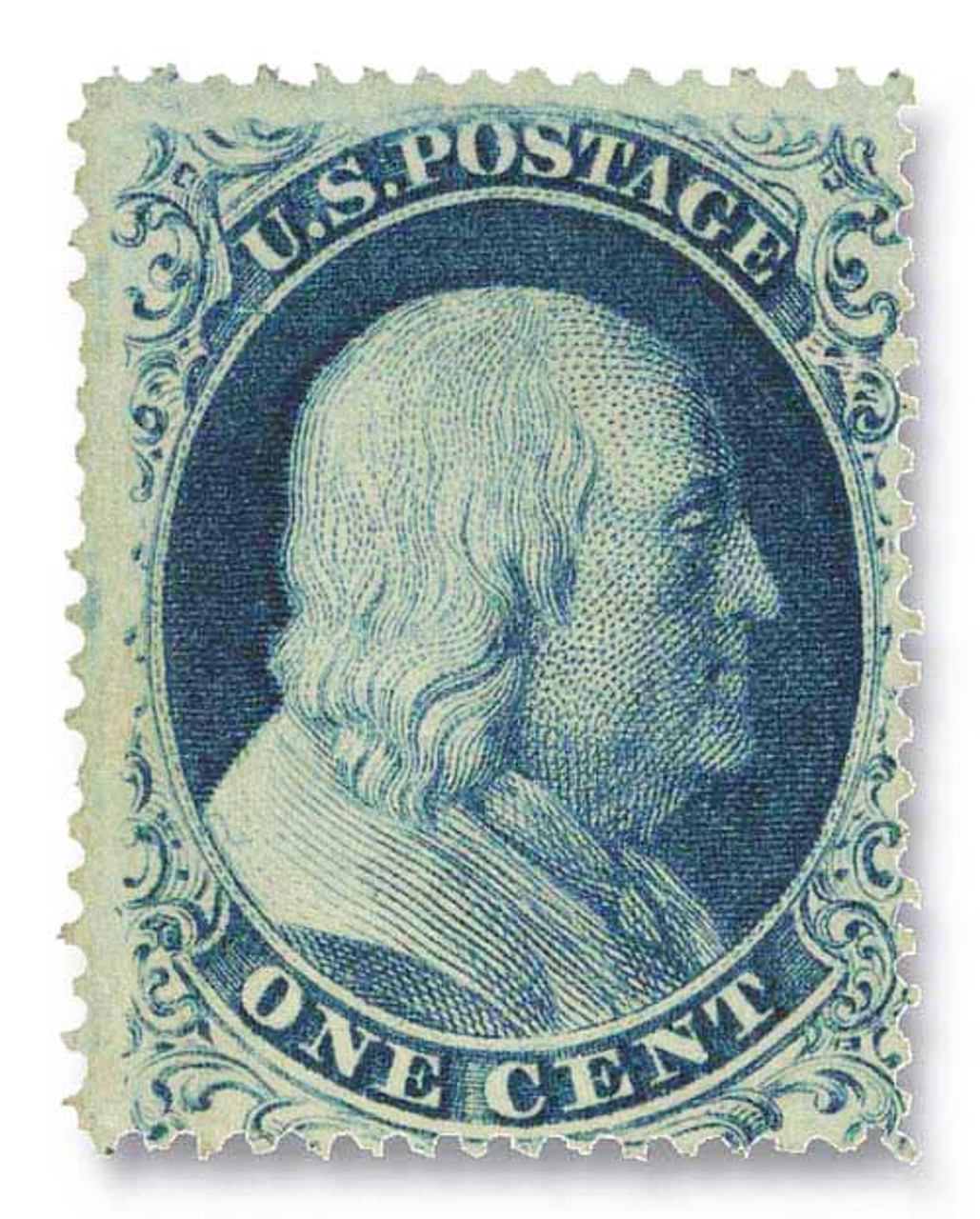The Faces of History: Who Was Depicted on the Earliest U.S. Postage Stamps?
Posted by Mystic Stamp Co. on 8th Jul 2024
In the mid-19th century, the United States Postal Service introduced its first postage stamps, revolutionizing the way mail was sent and received. These early stamps not only represented a new era in communication but also honored some of the most influential figures in American history. Let’s take a closer look at the individuals depicted on the earliest US postage stamps and their significance.
The First U.S. Postage Stamps
The year 1847 marked a significant milestone in US postal history with the issuance of the first official postage stamps. These stamps featured two prominent figures: Benjamin Franklin and George Washington.
Benjamin Franklin (5-cent stamp)
Benjamin Franklin, depicted on the 5-cent stamp, was a natural choice for this honor. Franklin was a founding father of the United States and played a crucial role in the establishment of the country's postal system. As the first Postmaster General of the United States, his innovations and dedication laid the groundwork for the efficient mail service that would follow. His image on the stamp symbolized not only his contributions to the postal system but also his broader impact on American society.
George Washington (10-cent stamp)
The 10-cent stamp featured George Washington, the first President of the United States. Washington’s leadership during the American Revolutionary War and his role in shaping the new nation made him an iconic figure in American history. His portrayal on the stamp served as a tribute to his enduring legacy and the respect he commanded among the citizens of the young republic.
Subsequent Early U.S. Stamps
Following the initial 1847 issues, other stamps featuring Washington and Franklin were released in 1851, 1855, and 1861. These issues maintained their portraits but were distinguished by changes in design, perforation, and watermark.
The 1851 Issue
The 1851 issue continued to honor Washington and Franklin, with updated designs that included finer details and new denominations. This series featured a wider variety of stamps, including the 1-cent stamp depicting Franklin, the 3-cent stamp with Washington's portrait, and the 5-cent stamp showing Thomas Jefferson.
The 1857 Issue
In 1857, the US issued a new series of stamps reflecting the growing nation and its evolving postal needs. This series maintained the portraits of Washington, Franklin, and Jefferson, but introduced perforated stamps for the first time, making them easier to separate and use.
The Significance of These Early Stamps
The choice of Benjamin Franklin and George Washington for the earliest US postage stamps was deeply symbolic. Franklin's image represented innovation, communication, and the foundational elements of the postal service. Washington's portrait, on the other hand, embodied leadership, independence, and the spirit of the new nation.
These stamps were more than mere tools for mailing letters; they were miniature tributes to the individuals who shaped the United States. They served as daily reminders of the country’s heritage and the values it was built upon.
Collecting Early U.S. Stamps
For philatelists and history enthusiasts alike, the earliest US postage stamps are prized collectibles. They offer a tangible connection to the past, encapsulating the stories of the nation's founding fathers. Owning these stamps is like holding a piece of history, a reminder of the vision and determination that forged a new nation.





